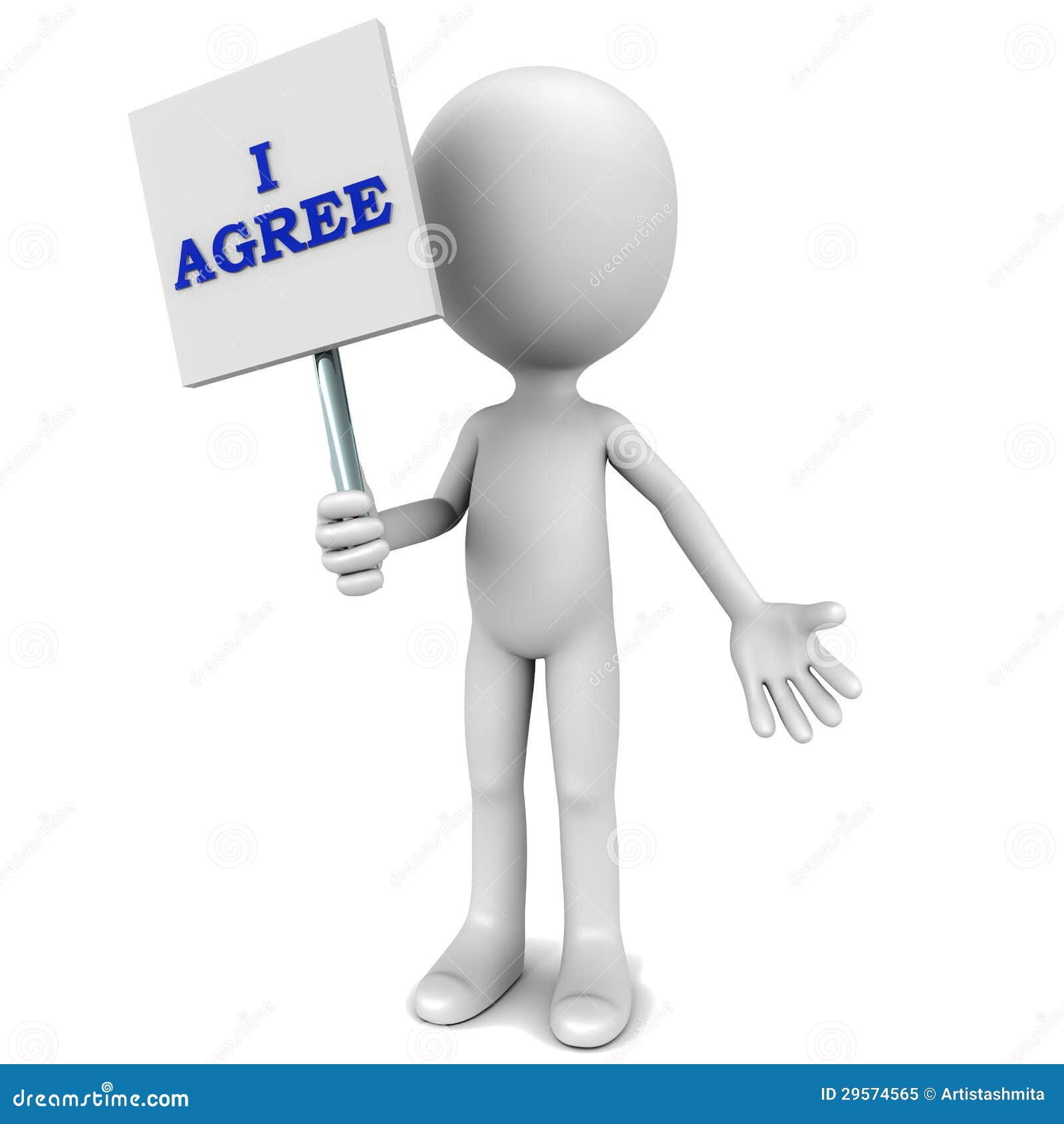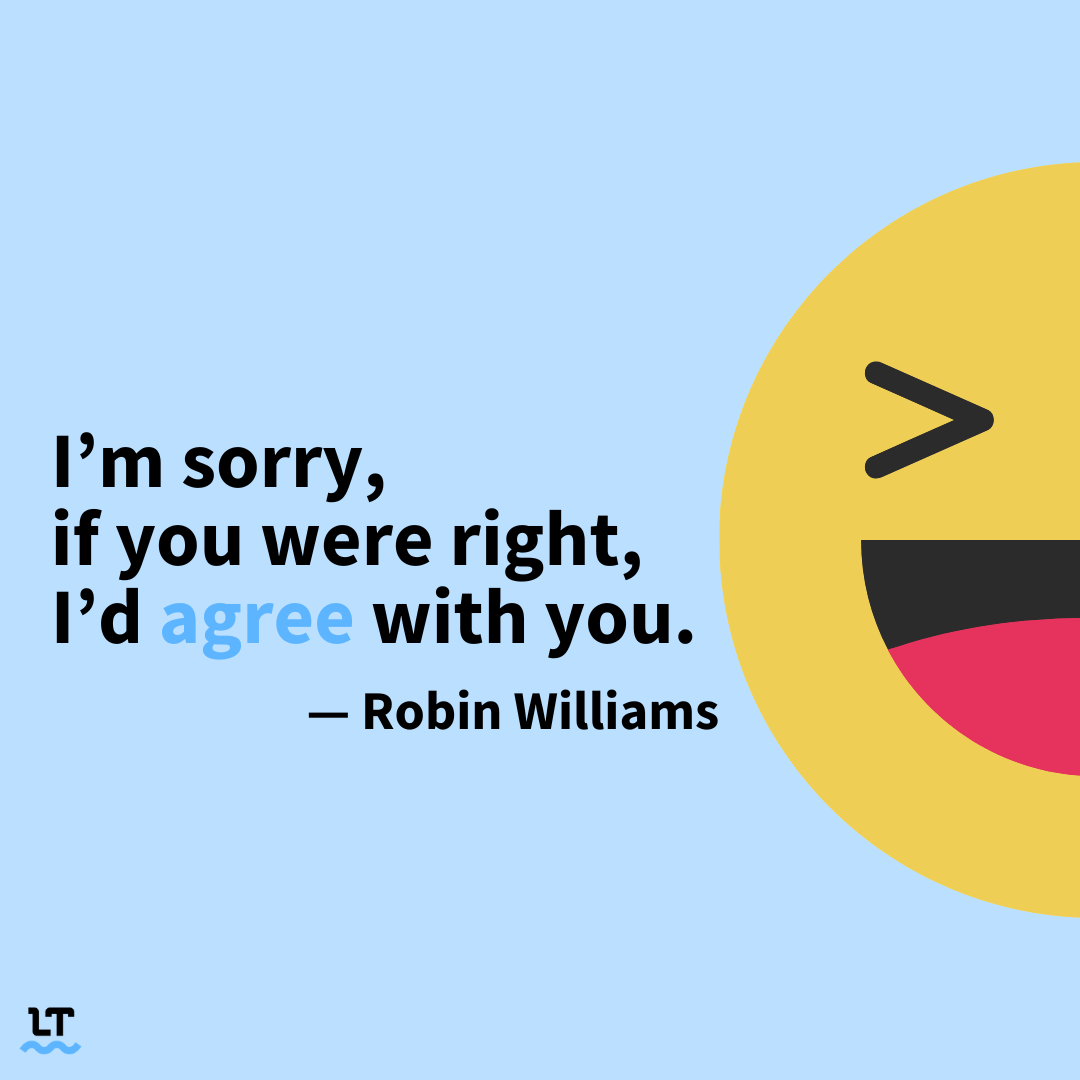Learning a new language, especially one like English, can feel a bit like trying to solve a puzzle, in a way. There are so many small pieces that need to fit just right, and sometimes, a phrase that seems straightforward in your own language has a few unexpected twists when you try to use it elsewhere. One such phrase that often causes a little head-scratching, particularly for people who speak Spanish, is how we express shared thoughts or approval. It’s a common thing to want to say, and getting it right truly helps you connect with others.
You might find yourself wondering about something that seems quite simple, like saying you're on the same page as someone else. The way we put it in English can be a little different from what you might expect, especially if you're thinking about how you’d phrase it in Spanish. It's almost as if the words have their own little quirks, and figuring out those quirks makes all the difference in how your message comes across. It's about more than just the words themselves; it's about the feeling they carry.
This discussion is all about shedding some light on those moments of linguistic confusion, helping you feel more sure of yourself when you want to show you're on board with an idea or a plan. We'll look at the small but mighty differences that can make your English sound natural and clear, so you can communicate your thoughts with ease, very much like a native speaker would. It's really about building that confidence in your spoken and written communication.
Table of Contents
- What's the Real Deal with "I Agree"?
- How Do We Show Our Approval with "I Agree"?
- "Agree" or "Agreed" - What's the Core Difference for "I Agree"?
- When Does "I Agree" Need a Helping Hand with Prepositions?
- A Closer Look at "I Agree" in Action
- Beyond the Basics - The Feel of "I Agree"
- Practical Ways to Use "I Agree"
What's the Real Deal with "I Agree"?
One of the most frequent little mix-ups that folks who speak Spanish often experience when they are learning English comes from trying to say "I agree." It's very common, actually, to hear "I am agree," and this is because in Spanish, you would typically use a form of "to be" with a similar idea. But English has its own way of doing things, and this is where the difference comes in. It's just a little twist that makes all the difference in how you sound.
Why "I Am Agree" Just Doesn't Quite Fit
In English, the word "agree" is a doing word, a verb, all by itself. It carries the full meaning of being on the same page, or thinking something is correct. So, you don't need to put "am" in front of it. It's like saying "I walk" or "I think"; you wouldn't say "I am walk" or "I am think," would you? That, is that, the same idea applies here. When you say "I agree," you are directly stating your position, very clearly and simply. It's a statement of shared thought.
When "Agree" Acts Like a Strong Verb
Think of "agree" as an action you perform with your mind or your voice. When you say "I agree," you are performing the act of agreeing. It's a complete thought on its own, so you don't need any extra words to make it work. For example, if a group of people needs to make a choice, and one person feels differently, they might say, "I don't agree with that choice." They are expressing their feeling about the choice, using "agree" as the core of their statement. It’s pretty straightforward, actually, once you get used to it.
How Do We Show Our Approval with "I Agree"?
Showing you're on board with something, or that you give your approval, comes in many shades. Sometimes you're completely in sync, other times you might only partially see eye to eye. The way you phrase your "I agree" can really show the depth of your shared thoughts. It's about being precise with your words, so people truly understand where you stand. You know, it's almost like painting with words.
"I Agree With You Up to a Point" - Finding a Shared Space
When someone says, "I agree with you up to a point," what they're really saying is that they see some truth or value in what you've put forward, but not all of it. It means there's a limit to their shared thoughts. Perhaps they have some reservations, or there are parts of the idea they don't quite support. It's a polite way to say "yes, but..." without actually saying "but." This phrase is often used when you want to acknowledge someone's thoughts while still holding onto your own slight differences, so it's a bit of a diplomatic expression.
"Agree in Principle" - A Starting Thought for Discussion
There's also the idea of "agreeing in principle." This means that you accept the main idea or the general concept of something, even if the finer details or how it will be put into practice haven't been worked out yet, or perhaps you don't quite see eye to eye on those details. For instance, you might say, "We agree in principle, but not in practice." This means the core idea is good, but the real-world application might still need some discussion. It's a way to move a conversation forward, by the way, even if you're not completely aligned on every single aspect. It's a good first step, you know.
"Agree" or "Agreed" - What's the Core Difference for "I Agree"?
Sometimes, when something is put forward or an idea is offered, you might hear people say "agree," and others say "agreed." This can be a little confusing because they both seem to mean the same thing, and you might hear them in pretty much the same kinds of situations. But there's a subtle difference in how they're used and what they imply about the timing of the shared thought. It's almost like a shortcut, sometimes.
"Agreed" as a Quick Way to Show Shared Understanding
When someone says "agreed," it's often a shorter way of saying "it is agreed" or "we have come to an agreement." It suggests that a point has been reached where everyone is on the same page, and the discussion about that particular item is now settled. So, if someone proposes something and another person simply says "agreed," it means they've accepted it, and the matter is settled. It's like a quick nod of shared understanding. You know, it's a very efficient way to communicate that the discussion has reached a conclusion on that specific item.
When Does "I Agree" Need a Helping Hand with Prepositions?
The verb "agree" often likes to bring along a little friend: a preposition. These small words like "to" or "on" can completely change the flavor of your sentence and what you're actually saying you're on board with. It's almost like they guide the meaning in different directions. Getting these right truly makes your communication clearer and more precise, so you don't accidentally say something you don't mean. It's pretty important, actually, for getting your point across.
"Agree To" - Giving Your Full Consent
When you "agree to" something, you are giving your consent or permission for it to happen. This means you are accepting an idea, a plan, or a request. The verb "agree" in this sense always needs the preposition "to" right after it. For example, if a group of friends decides to paint a room, they might say, "They agreed to paint the room." This means they gave their permission or commitment to perform that action. It's about letting something happen, or making a promise to do something. You know, it's a very active form of shared thought.
"Agree On" - Seeing Things the Same Way
On the other hand, when people "agree on" something, it means they share the same thoughts or opinions about a particular matter. It's about reaching a shared understanding or a common decision. For instance, if those same friends discuss the color of the paint, they might say, "They agreed on painting the room blue." This means they both decided that blue was the color they wanted. It's about shared beliefs or a common choice, rather than giving permission. It's like finding a common ground, in a way, where everyone's thoughts align. So, you can see the difference, right?
The Strength of "I Couldn't Agree More" - A Complete "I Agree"
If you want to show that you are completely, totally, and utterly on board with something, the phrase "I couldn't agree more" is a very powerful way to put it. It means you are in full alignment, with no reservations at all. There’s no room for more shared thought; you’ve reached the maximum level. It's interesting because some people might wonder if "I am agree with you" could also mean complete shared thought, but it truly doesn't. "I couldn't agree more" is the way to express that absolute shared thought in English. It's almost like a verbal high-five for a shared idea.
A Closer Look at "I Agree" in Action
Sometimes, the way we structure our sentences with "I agree" can feel a little tricky, especially when we want to introduce a negative idea or talk about a choice among several options. It's not just about the words themselves, but how they fit together to make a clear statement. This is where understanding the flow of English sentences truly helps you make your point. It's about making your words work for you, basically.
Building Sentences with "I Agree"
When you're talking about a decision not to do something, you might wonder where to place the word "not." For example, if a newspaper article says, "We agreed to not grant them immunity," you might think about putting "not" before "to grant." The standard way, which sounds more natural to most English speakers, would be "We agreed not to grant them immunity." This puts the "not" right before the verb it negates, making the meaning very clear. It's a subtle point, but it makes a difference in how smooth your sentence sounds, you know?
Steering Clear of "Agreeded"
It’s quite common to see or hear people accidentally add an extra "ed" to "agreed," making it "agreeded." This is a little linguistic misstep, as "agreed" is already the past form of "agree." There's no need for that extra syllable. Just like "walked" is the past of "walk," "agreed" is the past of "agree." So, if you're writing or speaking, just remember that "agreed" is all you need. It’s a small thing, but it helps your English sound more polished, and that's pretty important, actually.
Beyond the Basics - The Feel of "I Agree"
Beyond the strict rules of how to use "I agree," there's also the feeling or the tone that your words carry. Language isn't just about grammar; it's about how we connect with others and how our words are received. Sometimes, a phrase that is technically correct might not feel quite right in an everyday conversation. It's almost like choosing the right outfit for the occasion, you know?
The Tone of Your "I Agree" - Formal Versus Friendly
Consider the phrase "I agree with both the article you linked and everyone else who's replied to this thread." While this sentence is perfectly correct in its structure, it can sound a bit stiff or overly formal in casual, day-to-day conversation. In some situations, it might even come across as a little sarcastic, just because of its formality. For friendly chats, a simpler "I agree" or "Yeah, I think so too" works much better. It's about matching your words to the setting, basically, so you don't sound like you're reading from a script. It's really about being natural.
Signing Off - How to Express "Conforme" with "I Agree" in English
When you're signing a contract or an official document in English, and you want to express the idea of "conforme" – that you are in agreement and accept the terms – you wouldn't typically write "I agree" or "agreed" at the very end where signatures go. Instead, you would usually see phrases like "Accepted and Agreed," or simply "Agreed," often followed by the names of the people signing. Sometimes, it's just the signature itself that implies acceptance. It's a formal way of showing your shared commitment to the document's contents, very much like a seal of approval.
Practical Ways to Use "I Agree"
Putting all these little pieces together means you can use "I agree" with more confidence in different everyday situations. Whether you're talking about a quick decision or sharing a document, knowing the right way to express your shared thoughts makes things smoother. It's about feeling comfortable with the language, so you can focus on the message you want to send. You know, it's pretty satisfying when you get it just right.
Talking About Attachments and Saying "I Agree"
When you're sending an email and you've included something extra, like a document or a picture, you might want to mention that you've put an "attachment" with the message. You'd typically say something like, "I've attached the document" or "Please find the attached file." This is a straightforward way to let the person know there's more to look at. It's not directly related to "I agree," but it's another common point where people sometimes wonder about the best phrasing when sending emails. It's all about clear communication, anyway, in any part of your message.
Final Summary: This article has explored the nuances of using "I agree" in English, particularly for Spanish speakers. We looked at why "I am agree" is not the correct form, as "agree" functions as a verb. We also discussed phrases like "I agree with you up to a point" and "agree in principle" to convey partial or foundational shared thoughts. The distinction between "agree" and "agreed" was clarified, with "agreed" serving as a concise way to indicate a settled point. The piece also covered the proper use of prepositions like "to" and "on" with "agree," explaining how "agree to" means consent and "agree on" means shared opinion. The strong expression "I couldn't agree more" was highlighted for complete shared thought. We touched on sentence structure for negative agreements and the avoidance of "agreeded." Finally, the article considered the tone of "I agree" in different contexts, from casual to formal, and how "conforme" is expressed in English contracts.



